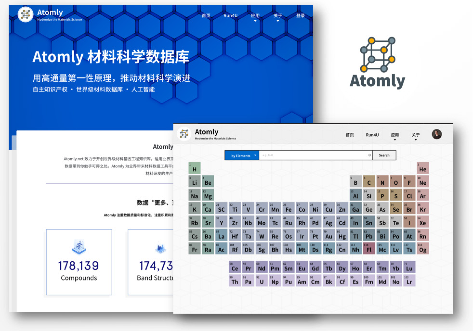A Brief Introduction to “Atomly” Computational Materials Database
Miao Liu
1 Institute of Physics, Chinese Academy of Sciences, Beijing, 100190, China
2 Songshan Lake Materials Laboratory, Dongguan, Guangdong, 523808, China
EXTENDED ABSTRACT: Materials are the foundation of human society, and the realization of on-demand design of materials has always been the ultimate dream of mankind. With the help of first-principles calculation methods based on quantum mechanics, people have opened the door to accurately predict the properties of inorganic crystalline materials in a quick and easy way. With the development of high-performance computing and data information technology, computational materials science has been advanced to the era of high-throughput computing and big data. This talk will present our recent progress in the field of materials databases, demonstrate the basic functions and the applications of "atomly.net" [1], which is an inorganic crystal materials computational database developed by us. The atomly database contains results of 200,000+ inorganic crystalline compounds via first-principles calculation, including crystal structure, electronic structure, thermodynamic stability, and dielectric and mechanical properties of inorganic compounds. The data quantity and quality of “atomly” has been polished to a world-class level, meaning it is at the same level of other world-renowned databases. “atomly” can assist the design of functional materials, alloys, and energy materials.

Figure 1. The interface of atomly.net, which is a materials science database
REFERENCES
[1] https://atomly.net

graduated from the University of Science and Technology of China, and the Department of Materials Science and Engineering, University of Utah. He served as a postdoctoral fellow at Lawrence Berkeley National Laboratory, and joined the Institute of Physics, Chinese Academy of Sciences, in 2018 as an associate professer. He have published more than 60 scientific research papers (h-index=30). He started up the “atomly.net”, a world-class materials science database based-in China. His research direction revoloves around the high-throughput first-principles calculations, data-driven materials science research, energy materials, etc.